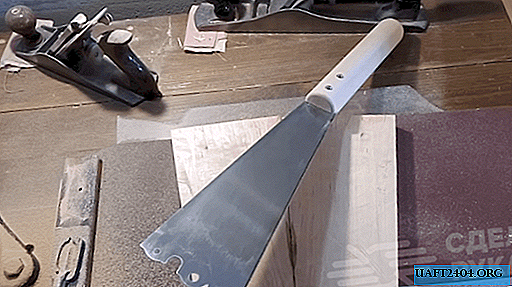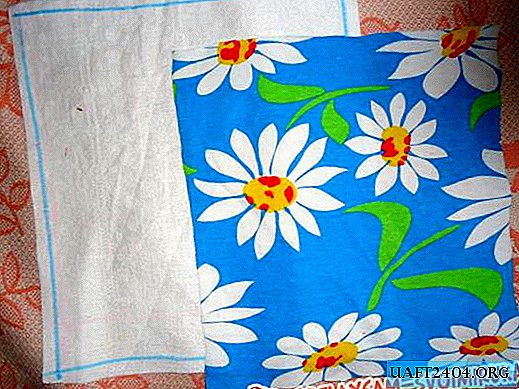Share
Pin
Tweet
Send
Share
Send
At a negative temperature, the action of various factors ceases, under the influence of which spoilage and oxidation of products occur.
Most vitamins, especially C and A, are destroyed under the influence of air and light, therefore, with long-term storage and withering of vegetables, their vitamin content gradually decreases. With proper and quick freezing, the fruits retain the beneficial properties and composition of vitamins.
A big plus is that before the freezing process, the fruits are washed, cleaned and ground. Before cooking, it remains only to extract a portion of the frozen vegetables (greens) and subject to the necessary heat treatment.
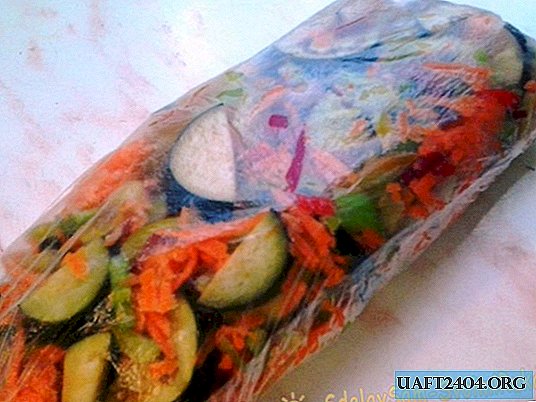
Rules for freezing vegetables:
- Wash the selected fruits, remove the damaged parts, cut the stems.
- grind vegetables with slices that you will need in the winter season when cooking vegetable stews, sauces and frying for first courses.
- moisture is released from chopped vegetables (greens), which turns into ice in the freezer. It is necessary to pre-dry the chopped mass by laying on a towel or tray. Vegetables are ideally dried in special electric dryers.
- so that the pieces do not stick together in the freezer, set the trays with dried vegetables to quick freeze and let stand 1-1.5 hours. Then pack it in plastic bags or cookie cutters and send it back to the freezer.
- when loading new products into the freezer, the temperature in the chamber rises slightly, so freeze prepared vegetables in small batches.
- vegetables and mixes for cooking and stewing should be put in a pan or pan, not defrosting, directly in a boiling broth or fat.
- if possible, do not freeze the workpieces repeatedly, otherwise they will lose their taste and good.
Freezing greens
1. Any spicy greens, onions, young shoots of garlic, as well as sorrel and spinach are suitable for freezing.

2. To wash greens well from sand and earth, place the bunches in a deep bowl and rinse in several waters.
3. Chop finely prepared twigs, lay on a towel and allow excess moisture to evaporate.

4. On the tray, distribute the green mass with an even ball, freeze in fast mode.
5. Pack the greens in small trays (plastic bags). Release the air from the container, pack it tightly, send it to the chamber for further storage.
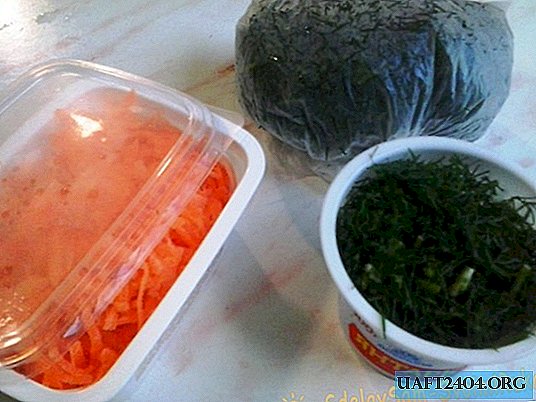
6. Use frozen greens in the same way as fresh. Sprinkle all kinds of salads, canned food, add a couple of minutes until ready for a hot dish.
Bulgarian pepper frost
1. Sweet pepper can be frozen whole (for stuffing) or cut into slices (for stewing and frying).

2. For whole washed fruits, cut the stem and remove the seeds, rinse again, dry on a towel. Freeze at a temperature of -23 ° C ... -26 ° C, then lay the peppers one to one. Wrap the fruit with cling film or pack it in plastic bags, send it to the freezer.


3. To season the first courses, chop the pepper with straws or cubes. Dry before freezing. With a thin ball, distribute the pieces on a flat dish, set in the freezer for 2 hours. Then pack it in bags, tie it tightly and put it back in the freezer.





Carrot freeze
1. Carrots often deteriorate when stored outdoors. Grated freezing will help to preserve valuable fruits without loss.

2. Wash and peel the carrots, grate with a coarse grater, or chop with a thin straw.

3. Dry the crushed mass, freeze in fast mode, laying on the tray. When the carrots have hardened, fill the plastic containers in small portions, pack tightly, close the lids and send to the freezer.

Freezing vegetables mix
1. To prepare healthy dishes in the winter, freeze assorted fresh chopped vegetables.
2. Mix the prepared fruits to your liking. Take, for example, in equal parts slices of eggplant and salad pepper, add grated carrots. Freeze in the same way as bell pepper.

3. Healthy and aromatic dishes are obtained from frozen cauliflower. For a kilogram of cabbage, take 200 g of carrots, onions and pepper. Disassemble the cabbage into small inflorescences, chop the remaining vegetables. Freeze each cut individually, then mix, pack in bags or containers.
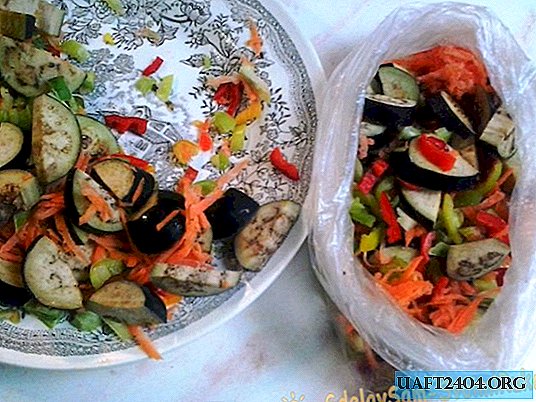
4. To prepare dishes from frozen vegetables, dip the mixture without defrosting in boiling broth or tomato sauce. Stew until tender, add seasonings, salt, and sprinkle with herbs at the end.


Share
Pin
Tweet
Send
Share
Send

